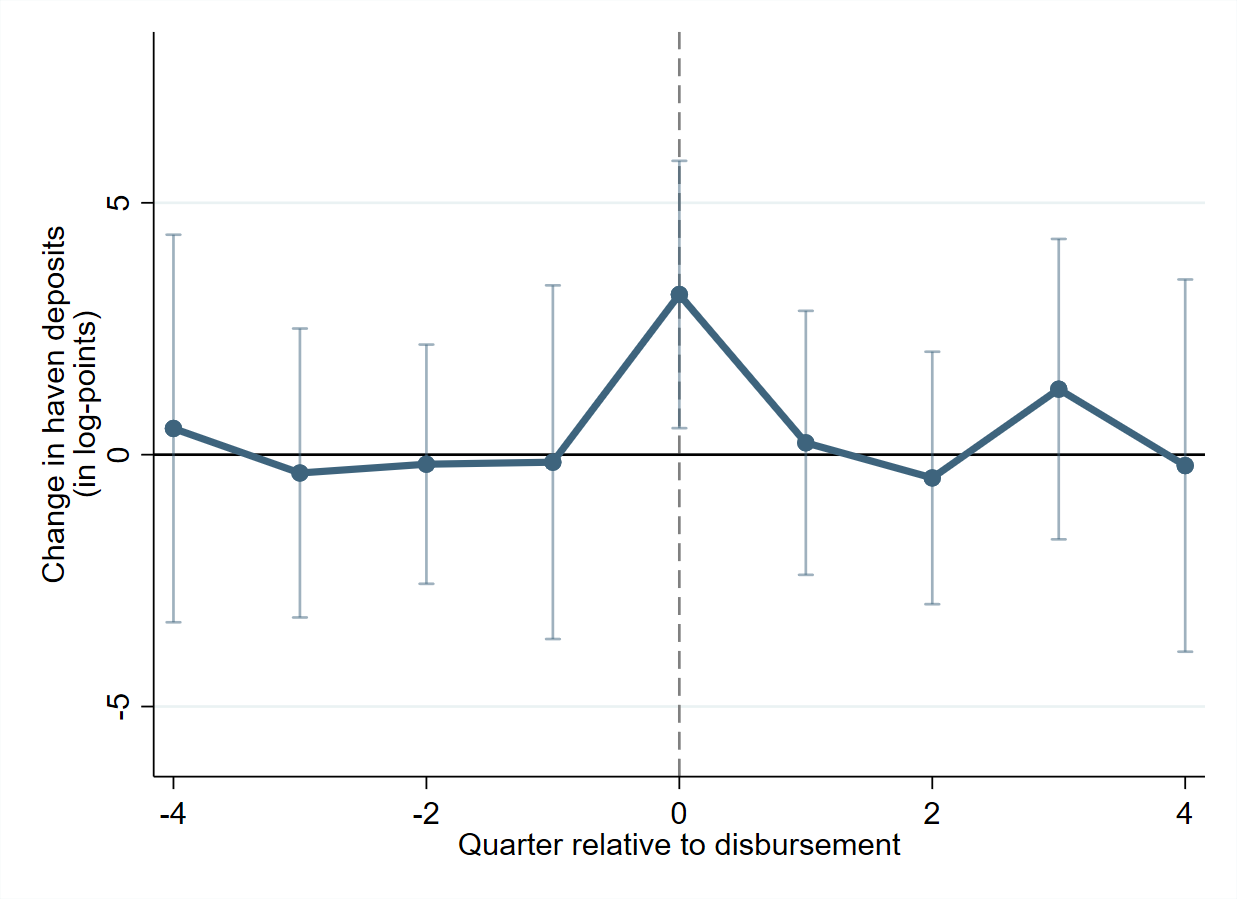Reuters
April 30, 2022

By Valerie Volcovici
WASHINGTON (Reuters) - Satellites have detected methane emissions from belching cows at a California feedlot, marking the first time emissions from livestock - a major component of agricultural methane - could be measured from space.
Environmental data firm GHGSat this month analyzed data from its satellites and pinpointed the methane source from a feedlot in the agricultural Joaquin Valley near Bakersfield, California in February.
This is significant, according to GHGSat, because agricultural methane emissions are hard to measure and accurate measurement is needed to set enforceable reduction targets for the beef-production industry.
GHGSat said the amount of methane it detected from that single feedlot would result in 5,116 tonnes of methane emissions if sustained for a year. If that methane were captured, it could power over 15,000 homes, it said.
Agriculture contributes 9.6% to U.S. greenhouse gas emissions, according to Environmental Protection Agency (EPA), and about 36% of methane emissions, mostly from livestock.
The Biden administration late last year announced its plan to crack down on methane emissions from the U.S. economy.
The EPA unveiled its first rules aimed at reducing methane from existing oil and gas sources that require companies to detect and repair methane leaks. The Agriculture Department rolled out a voluntary incentive program for farmers.
At last year's climate talks, more than 100 countries pledged to cut methane emissions by 30% and to halt and reverse deforestation by 2030. Much of this reduction would need to come from the livestock industry, according to the U.N. food agency, which said that livestock accounts for 44% of man-made methane emissions.
Several methods to reduce livestock methane emissions are being tested, including adding seaweed to cattle diets.
GHGSat provides its data to the United Nations' International Methane Emissions Observatory program.
(Reporting by Valerie Volcovici; Editing by Bill Berkrot)






















 @Pixabay
@Pixabay
